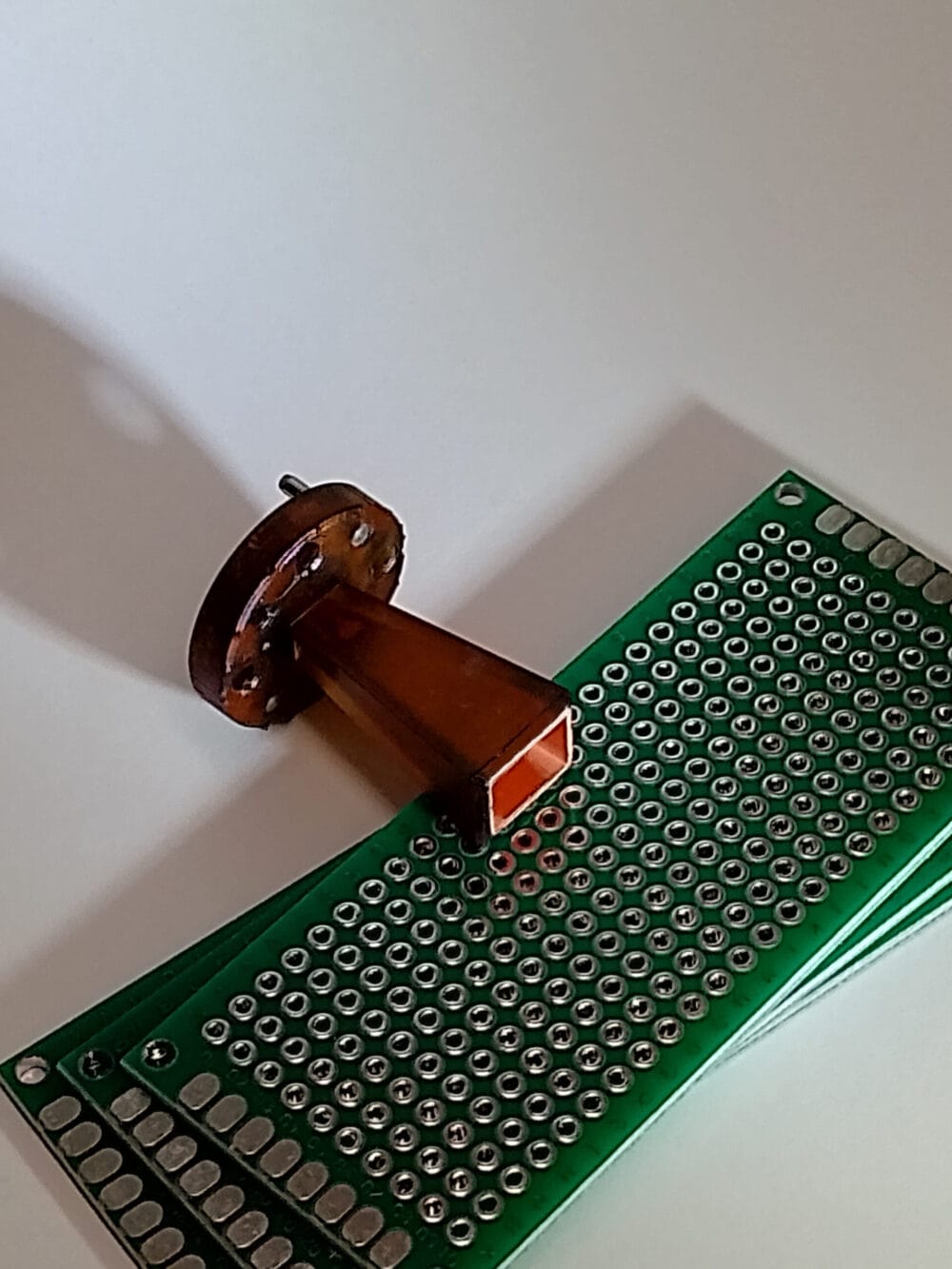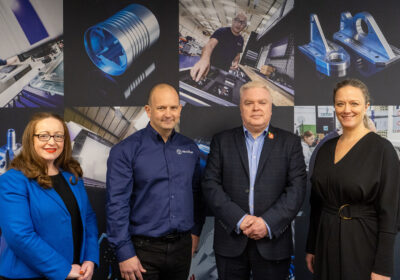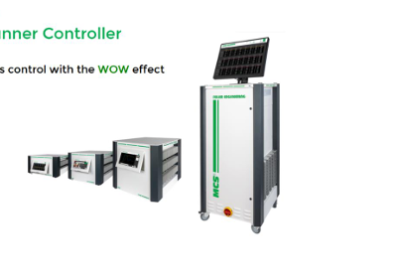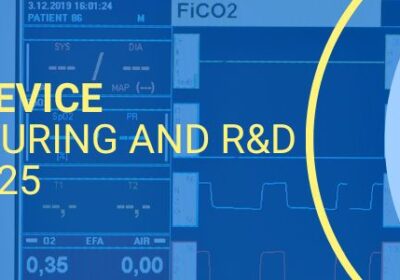(11th March 2024, Karlsruhe, Germany) Horizon Microtechnologies has just announced the results of rigorous functional testing proving the effectiveness of its HMT-Metal coating process for making high frequency D-Band horn antenna via 3D printing.
Horizon was founded on the understanding that micro-scale manufacturing using micro-AM technologies would be optimised through the integration of a number of technologies and processes. Building on the ability of today’s micro-AM technologies to build precise parts with micron level tolerances repeatably, Horizon’s proprietary coating technologies successfully expand the functionality of parts which are typically produced in plastics on commercially available micro-AM platforms.
Andreas Frölich, CEO at Horizon says, “The work on the high frequency D-band horn antenna used our HMT-Metal coating process, with which copper layers can be applied very evenly and conformally to a variety of component shapes and materials. From a commercial perspective, such components fit well with the use of micro-AM as they are typically in the cm size range, with sub-mm dimensions, and require the attainment of micron tolerances. The market demands such antenna and other mm-wave components to exhibit higher frequencies and connectivity for use in industrial measurement technology, sensor technology and communication applications with very low latencies. Being able to make such mm-wave components via micro-AM allows the production of smaller and lighter weight components, and also opens up the possibility of making them with properties and geometric features impossible using alternative fabrication processes.”
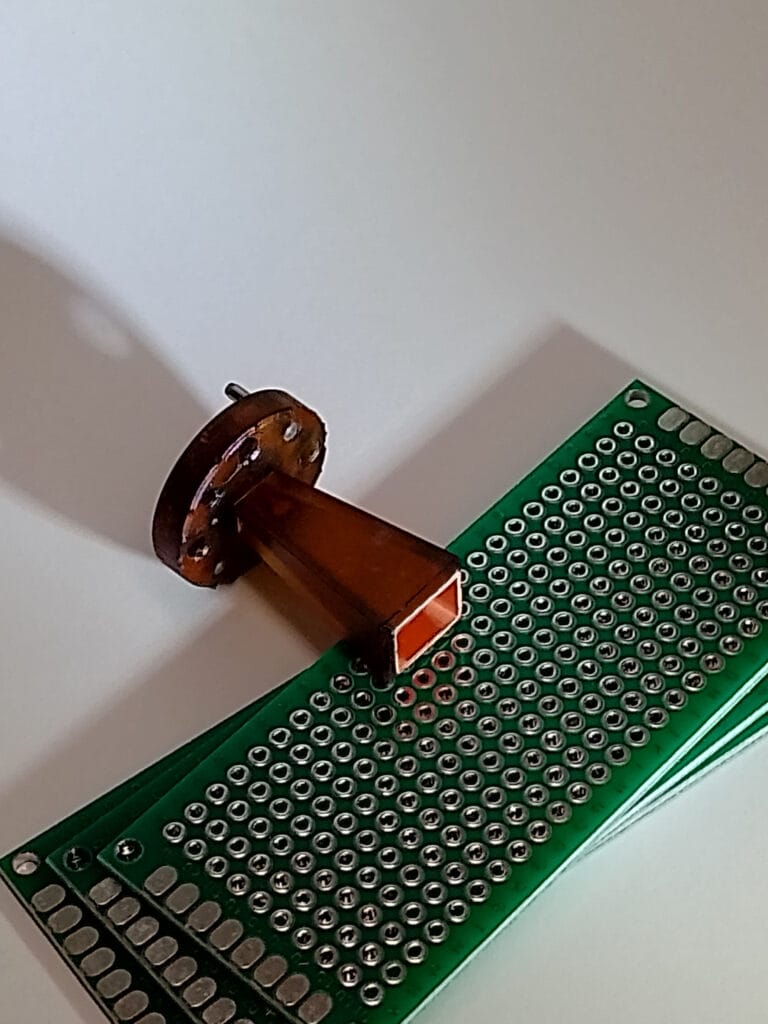
a horn antenna made via micro AM and coated in Horizon’s copper coating
The performance of an antenna depends on a large number of component properties that are difficult to measure and calculate directly such as the conductivity of the metallic layers, layer thicknesses, layer thickness homogeneity, dimensional accuracy of the antenna, and surface roughness. Instead of an elaborate determination of all these properties, Horizon undertook a functional comparison of its copper coated micro-AM produced horn antenna with a traditionally produced commercially available antenna, a pragmatic approach which allowed Horizon to prove its manufacturing technology is sufficiently good to serve high frequency and antenna applications. Measurements were made of the radiation pattern (how much signal goes out of the antenna and in which direction) and the so-called S11 parameter (how much of the signal is reflected back from the antenna into the transmitter). The directivity of the antenna (how much signal goes in the forward direction) and the S11 parameter can be compared clearly and directly with traditionally produced antennas, and the test showed that the Horizon antenna had approximately the same directivity and a better S11 parameter.
Frölich continues, “Successful testing should indicate a high gain value in the forward direction and as little back-reflection as possible. We are delighted to say that after testing, our micro-AM copper coated horn antenna performed as well as a conventionally built horn antenna, removing many of the reservations that 3D printed devices are often faced with. This opens up some very interesting opportunities as companies requiring horn antennas and other mm-wave components can now exploit the process advantages of micro-AM by partnering with Horizon as their development and manufacturing partner. We didn’t even perform full-blown dedicated additive design-thinking efforts for the antenna since we wanted to fabricate something emulating the conventional counterpart. Yet we have an antenna that weighs only a sixth of its conventional counterpart and takes up 15% less space. This is a powerful indication of the kind of benefits that dedicated AM-based component design-thinking could achieve.”

